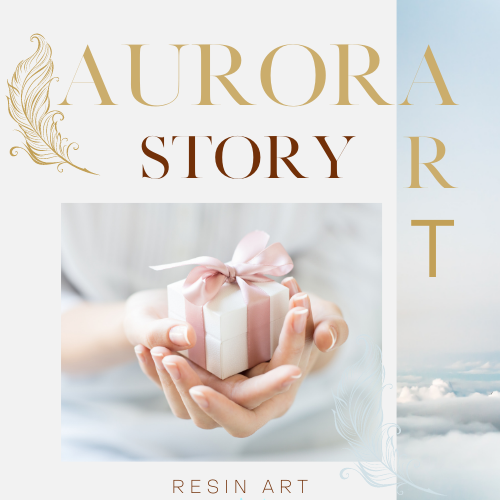
Hello! My name is Melody. I am resin artist, master of original handmade decor, jewelry,...
Featured products
Hello! My name is Melody. I am resin artist, master of original handmade decor, jewelry, notebooks and more. I have my own vision of this instrument for create whole new world of magic art. I have things for any age/taste and I am happy to offer my best ideas to you! Each peace is always unique and made with love and little bit of magic. I love art and music, and I like to make my products when I am listening my favorite melodies or singing. Therefore my products have special positive energy. Like the sound of the sea in a shell, you can hear the melody of my soul.... Choose your future favorite thing here! With all my heart to you)
Our website uses cookies to improve your user experience. If you continue browsing, we assume that you consent to our use of cookies. More information can be found in our Privacy Policy.
I agree with it!